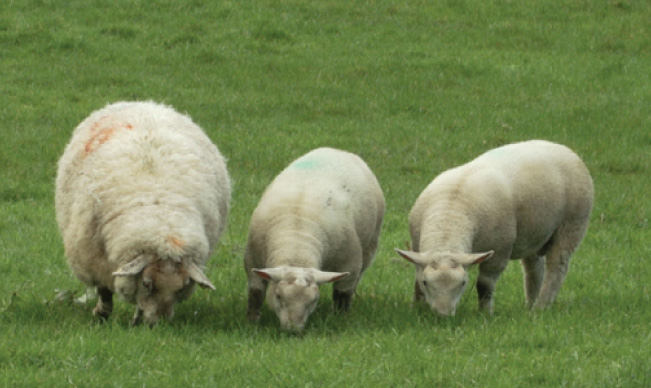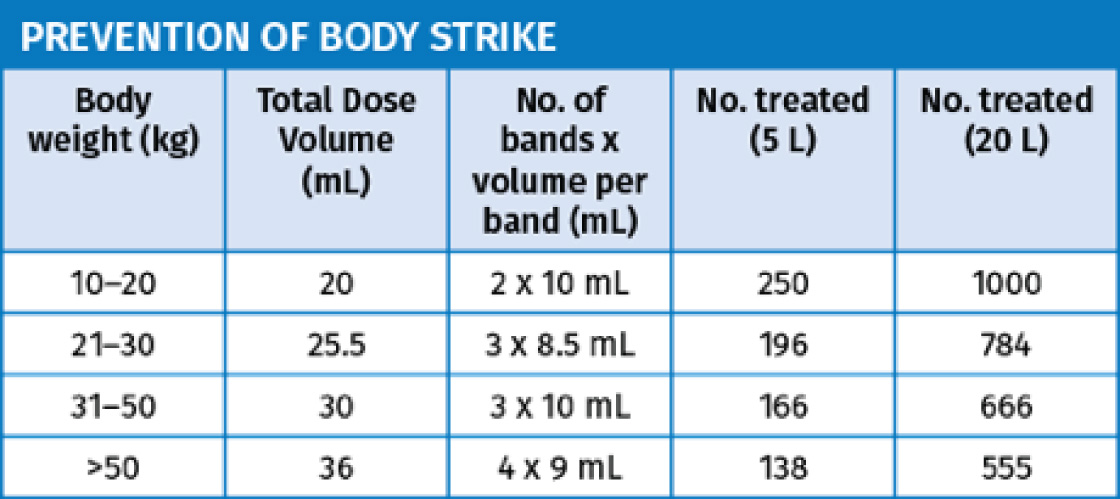Blowfly is the main external parasite traditionally affecting sheep in the late spring and summer months and can occur quickly and with devastating results in warm, humid weather.
 Symptoms:
Symptoms:
The symptoms of blowfly strike range from agitation – foot stamping, vigorous shaking, gnawing or rubbing of the tail and breech – to dejection and ultimately death. By the time strike becomes visible, a considerable amount of damage will already have occurred – not to mention the time and resources spent checking for, and worrying about, blowfly strike.
Preventing blowfly strike:
 Prevention is the most accepted strategy for stopping blowfly strike and preventing financial losses. There are two main types of chemical blowfly strike control.
Prevention is the most accepted strategy for stopping blowfly strike and preventing financial losses. There are two main types of chemical blowfly strike control.
The first is Insect Growth Regulators (IGRs) – such as CLiK EXTRA, CLiK and CLiKZiN. These stop first-stage larvae from developing into the destructive second-stage larvae and so prevent the disease by breaking the blowfly life-cycle.
Specific to the blowfly parasite they are termed ‘narrow-spectrum’ products. Best practice guidelines state that narrow spectrum products should be used where possible to prevent chemical resistance from developing.
This includes insecticides; for example, synthetic pyrethroid (SP) pour on products such as Crovect® or organophosphate (OP) dips.
Key Point: One treatment with CLiK EXTRA, applied early, will give 19-weeks cover and take lambs right through to marketing – without needing to worry about strike or retreating.

